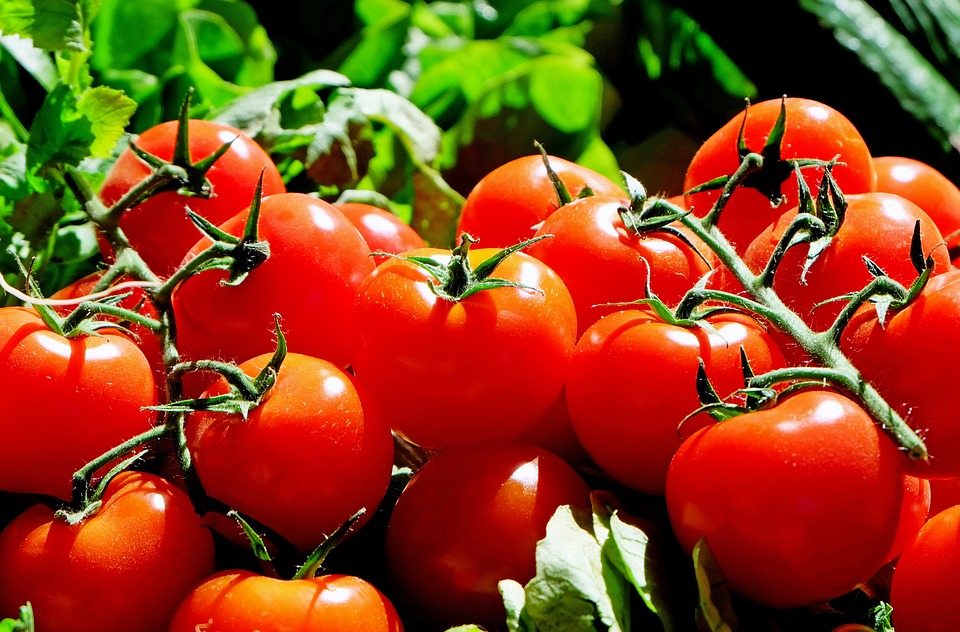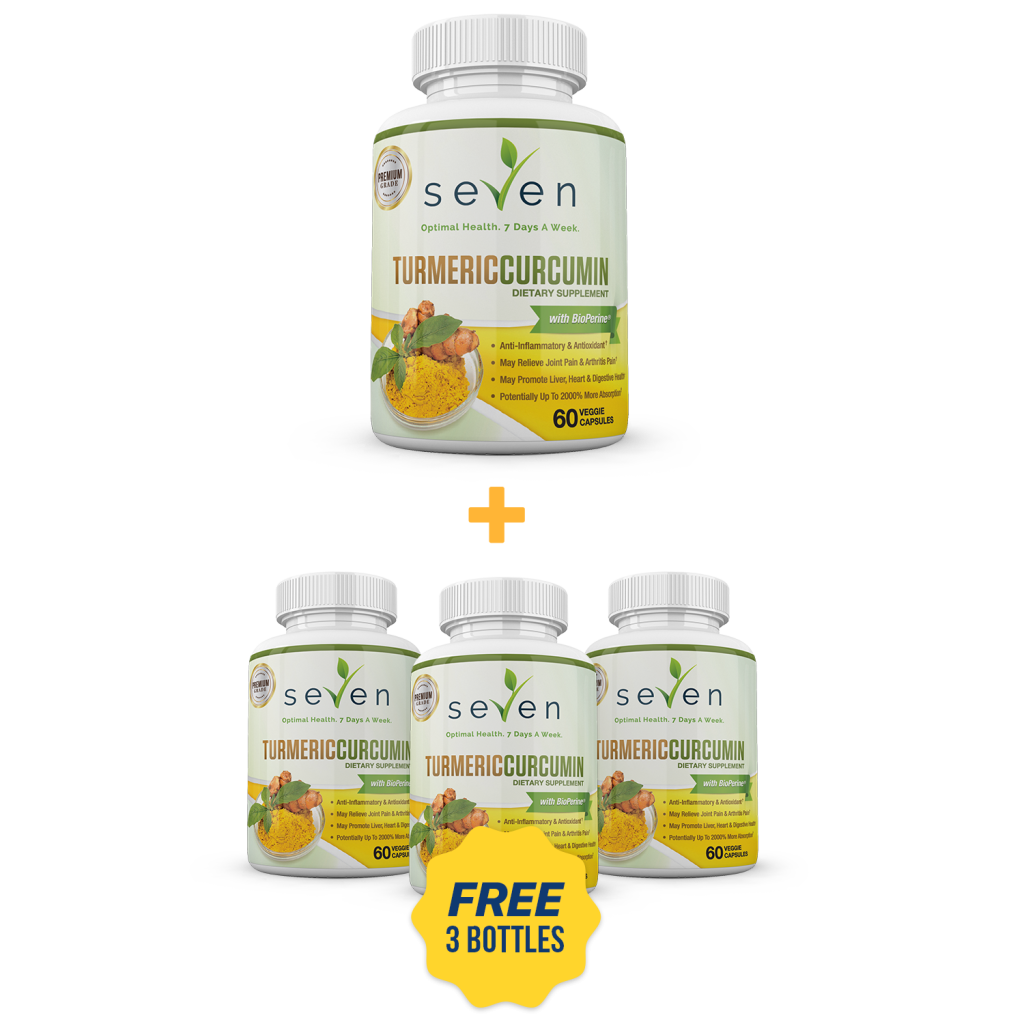With a wide variety of different options for choosing tomato cultivars, or varieties, it’s possible to grow this versatile plant literally in any type of environment. They can be grown in hothouses, in a pot on the kitchen window sill or in gardens or containers outside.
The one important factor to remember is that different varieties of tomatoes have been developed for different growing options. To maximize your potential for harvesting this healthy food make sure you are selecting the variety based on the following factors.
TIP 1 – Choose For Soil Type
Selecting a tomato variety for your specific soil type is only a consideration if you are planting your tomatoes
in your garden or in raised beds. If you are planting in containers on your deck, patio, or even for indoor or hot- house you can choose your soil and therefore match any tomato plant to the correct growth medium. The same is true if you use raised bed gardening techniques.
Soil types vary across the world so regional cultivars or varieties of tomatoes have been developed that have a proven ability to grow in that type of soil. In most cases soil that is consider a loam soil, or a sandy loam is the best possible option for all types of tomatoes. Loam soil actually is a mixture of sand, silt and clay and has a good variety of particle sizes as well as a high level of organic matter. It drains well but also holds moisture.
The worst type of soil for tomatoes is heavy clay. This is because the soil becomes very hard when dry, doesn’t hold moisture, and has a very low organic content. Mixing in organic matter will help to add organic matter and you can also add in sand to help with natural drainage. However, most people with clay soil or very sandy soils will find that raised beds are the best answer. You can use bagged soil and continually add organic matter and really just avoid growing in the natural soil of your area.
TIP 2 – Vertical Planting
Vertical planting is one of the best choices for a variety of different space issues in a garden. This type of gardening uses cages, trellises or stakes to encourage the tomato plant to grow upright rather than sprawling out. Perfect for small gardens and raised beds, even vining varieties can be easily incorporated into this technique.
Tomatoes planted using vertical planting methods will need to be trained to grow upright, which means using soft cloth strips to attach the plant to the trellis or the stake. If you are using tomato cages make sure they are securely pushed into the ground and that they are sturdy enough to hold the weight of the tomato plant, especially when the fruit starts to develop.
TIP 3: Container Gardening
Container gardening is very popular for those that live in apartments, condos or people that just want to a have few tomatoes close to the house to nibble on or add to a salad. Choose a variety of tomato that is determinate, or a bush type, that will only grow to a specific maximum size. This ensures that the tomato will be strong enough to support the fruit without breaking. You may still want to stake the tomato or design and support trellis to assist with support in windy conditions.
Container gardening should start with the best possible soil. Make sure you select a pot that drains and doesn’t allow the roots to stand in water. Containers also have to be placed where they are partial shade in the heat of the day in warm climates to avoid damaging the roots as the container heats up with exposure to the sun.
TIP 3: Companion Planting
What you plant with your tomatoes may have a huge impact on the flavor and health of your tomatoes. Marigolds, basil, garlic, borage, chives, mint, parsley and nasturtium can all help prevent insect problems and can improve the flavor of the tomato.
Generally those plants will all help in repelling various insects, spiders and mites that are problematic for the tomato. Others, such as borage and basil actually improve the flavor of the fruit that a tomato plant produces and can also simulate flowering and may attract bees that aid in pollination.
Check out the Gardening Cheatsheet for more information on this >>
TIP 4: Training Tomato Plants
Believe it or not you can train a plant. Training tomato plants to grow in a particular direction is most common with vertical gardening techniques, including but not limited to trellis gardening, staking and caging your plants.
Determinate tomatoes, the bush-like varieties that only can help hold in the warm temperature. Depending on your options a small radiant heater can be used under the tarp or sheet, with enough room to prevent any possible risk of fire, to keep night temperatures above that 55 degree mark.
You will not have to worry about the roots; they will continue to function until the leaves die due to frost or freezing. Generally tomatoes are highly frost sensitive and just one night of exposure to temperatures in the 40 degree Fahrenheit range, especially in low areas where moisture is present, is all it will take to kill the plant.
TIP 5: Plant and Grow Fall Tomatoes
As we have mentioned there are different growing seasons for different varieties of tomatoes. Fall tomato varieties are more popular now than ever, especially in warmer southern states and regions. Fall tomatoes are a great addition to a garden and with cooler temperatures and more rain they can be a very low maintenance type of crop.
Fall tomatoes can also be grown in containers outside. On colder evenings simply bring them in to the house
to protect leaves from any possibility of frost damage. Hothouse or hydroponic and aquaponic tomatoes are typically grown year round, which is a great way to enjoy this amazing fruit throughout each season.
If you enjoyed this article you might also like:




What did you think about this article?